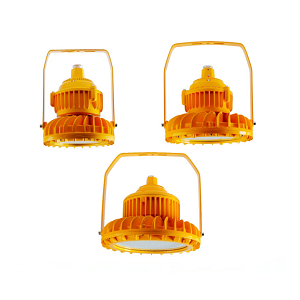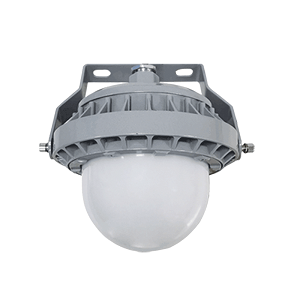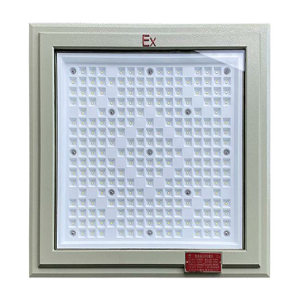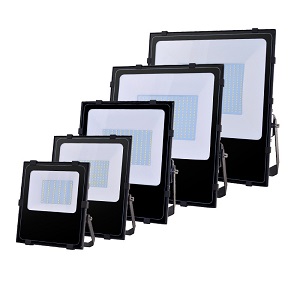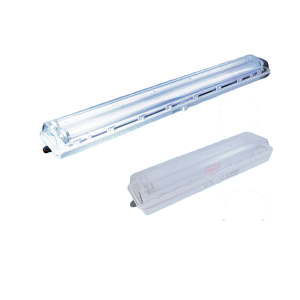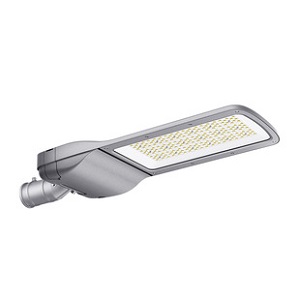LED floodlight explosion proof: energy storage industry safety lighting fundamental technical analysis and application practice

First, why the energy storage industry must deploy LED floodlight explosion proof?
Along with the global new energy installed capacity exceeded 3,000GW [IEA 2023 data], energy storage plant into the core facilities of the power system.
However, the risk of thermal runaway of lithium-ion batteries, the release of hydrogen [0.5m³ hydrogen can be released from a single battery when overcharged] and the characteristics of the confined space make the energy storage industry become a Class IIA/IIB explosive hazardous environment.
LED floodlight explosion proof approved the following characteristics into the energy storage lighting equipment:
Intrinsically safe explosion-proof design: in line with ATEX/IECEEx Ex d IIB T4 guidelines, explosion-proof structure to block the internal arc and external hydrogen contact, explosion pressure resistance ≥ 1.5MPa.
Full environmental adaptability: IP66/IP68 protection level against dust and flooding, 316 stainless steel shell resistant to electrolyte corrosion, -40 ℃ to 70 ℃ wide temperature range covering the cold zone to the desert scene.
Energy efficient light source: LED luminous efficacy of 160lm/W, life expectancy of 100,000 hours, energy saving of 70% compared with traditional lamps and lanterns, reducing the additional load on the energy storage system.
For det andet. LED floodlight explosion proof in the core application of energy storage power station scenarios
2.1 Battery compartment and module area
High-intensity explosion-proof lighting: 200W LED floodlight explosion proof supplying 30lux uniform illumination, covering 10m×8m battery compartment, with protection level up to IK10 [20J impact resistance].
Hydrogen-sensitive linkage control: integrated hydrogen sensor, automatic switching to intrinsically safe emergency lighting when the concentration exceeds 1% vol, in accordance with NFPA 855 guidelines.
2.2 Converter and distribution area
Electromagnetic compatibility design: EMC immunity up to Level 4 [IEC 61000-4], avoiding interference with BMS system.
Thermal management improvement: independent cooling duct and heat pipe cooling technology to ensure that the junction temperature of the lamps ≤ 75℃ under 40℃ ambient temperature.
2.3 Outdoor energy storage area and inspection channel
Wide-area light distribution system: 120°floodlight covers the energy storage container yard, 60°spotlight locates the nameplate of the equipment, and 350°rotational adjustment is held to help the level.
Intelligent induction lighting: microwave + infrared dual-mode sensor, 30 meters detection distance, unmanned automatic power reduction to 20%, energy saving rate of more than 45%.
Third, LED floodlight explosion proof energy storage industry fundamental technology analysis
3.1 Explosion-proof and safety design
Double redundancy protection: explosion-proof cavity [Ex d] + cast circuit [Ex m], approved IEC 60079-0/1 certification, suitable for Zone 1/2 hazardous areas.
High-speed pressure relief structure: Built-in rupture disc device can release the internal pressure within 2ms to avoid the risk of shell rupture.
3.2 Optical and Energy Efficiency Innovations
Asymmetric light distribution technology: adopts nano-scale micro-prismatic reflector, eliminating the shadow of battery rack shading, spot uniformity>0.7.
Dynamic voltage regulation: 100-400VDC wide input, directly connected to the DC bus of the energy storage system, conversion efficiency >95%.
3.3 Intelligence and Reliability
Digital twin system: Approve LoRa/WiFi to transmit real-time data [temperature, voltage, light decay], predictive maintenance accuracy ≥ 90%.
Seismic structure design: spring damping + cellular structure base, approved IEC 60068-2-6 vibration test [5-500Hz, 5Grms].
Fourth, the energy storage industry LED floodlight explosion proof selection guide
4.1 Fundamental parameters comparison table
| Indicator | Battery compartment recommended | Inverter area recommended | Outdoor area recommended |
| Kraft | 150W-200W LED | 100W-120W Intrinsically Safe LED | 300W-400W High-mast Floodlights |
| Explosion-proof grade | Ex d IIB T4 | Ex ia IIC T4 | Ex d IIB T3 |
| Emergency duration | 180 minutes (hydrogen environment) | 90 minutes (conventional environment) | 120 minutes (outdoor harsh conditions) |
4.2 Installation and operation and maintenance specifications
Hazardous area classification: According to IEC 60079-10-1 guidelines, within 5 meters radius of the battery compartment is classified as Zone 1.
Cable requirements: Ex e type explosion-proof cable bridge, bending radius ≥ 8 times the diameter, fire rating IEC 60331-2.
Maintenance cycle: surface cleaning every 6 months, internal component inspection every 3 years [MTBF 100,000 hours].
Fifth. Industry Momentum and Technological Innovation
5.1 Intelligent Upgrade
Digital twin monitoring: integrated temperature, humidity, gas concentration sensors, data uploaded to EMS system linkage control.
AI visual inspection: equipped with industrial camera explosion-proof spotlight, automatically identifying abnormalities such as battery expansion and liquid leakage.
5.2 New Energy Integration
Photovoltaic storage system: photovoltaic panels + supercapacitor power supply, off-grid lighting [4 hours of average daily light can be self-supporting].
Wireless charging technology: non-contact power transmission, avoiding the risk of explosion-proof caused by cable aging.
Sixth, the choice of suppliers 7 evaluation dimensions
1. Certification completeness: ATEX, IECEx, UL 844 certification is indispensable. Industry cases: need to have grid-level energy storage project experience [such as Tesla Megapack, Ningde stage project].
2. Customization ability: support DC110V-400V voltage customization, anti-electrolyte corrosion coating and other special needs.
3. Localized service: 4-hour emergency response center in the primary city, spare parts inventory coverage ≥ 90%.
4. Data compatibility: the lighting system can be connected to SCADA/EMS platform, the protocol supports Modbus TCP, OPC UA.
5. Warranty terms: core components [LED / driver] warranty ≥ 5 years, the whole lamp warranty ≥ 3 years. 6.
6. TCO model: supply 10 years total holding cost analysis, including energy consumption, maintenance, replacement costs.
Immediate action:
Visit Amasly Lighting to download the Explosion-Proof Lighting for the Energy Storage Industry White Paper for free:
✓ 3D Lighting Design Model for Energy Storage Plants
✓ Explosion-proof rating self-check tool
✓ Smart Lighting ROI Calculator

